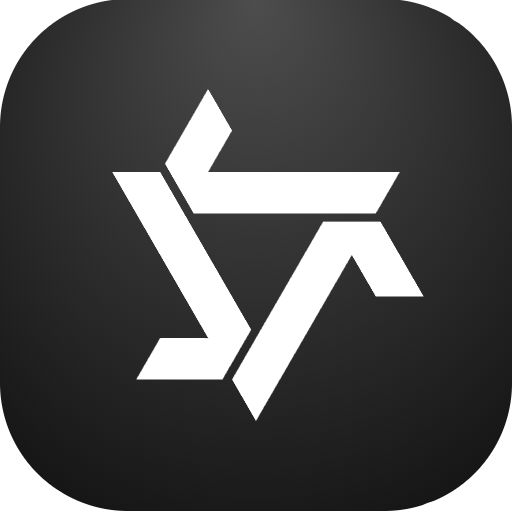IntroductionZemith is an all-in-one AI platform designed to streamline work, research, and creative tasks. It offers access to leading AI models like GPT, Gemini, Claude, and DeepSeek, making it ideal for individuals and teams looking to consolidate their AI tool subscriptions and enhance productivity.Key FeaturesMulti-Model Access: Seamlessly switch between Gemini, Claude, GPT, DeepSeek, Mistral, Qwen, and xAI models.Document Assistants: Upload documents to chat, generate podcasts, create summaries, and take notes from various formats including websites and YouTube videos.Smart Notepad: AI-powered writing assistance with autocomplete, rephrasing, custom paragraph generation, and bullet-point transformation.Creative Tools: Generate and edit images, remove/replace objects and backgrounds, and analyze images to get precise prompts.Coding Assistant: Accelerate development with AI-generated code snippets, debugging, live React/HTML previews, and learning explanations.Live Mode: Engage in real-time conversations with AI, including screen sharing.Mobile App: Full platform functionality accessible on your mobile device.Use CasesZemith addresses common pain points such as the high cost of multiple AI subscriptions, inefficient tab switching, and the learning curve associated with diverse AI tools. By providing a comprehensive suite of AI capabilities in a single platform, Zemith helps users save money and time. It empowers professionals, researchers, and creatives to accelerate their workflows, conduct deep research, and generate content more efficiently, fostering a focused and productive environment.Pricing InformationZemith operates on a freemium model, offering a "Free" plan with 15 daily credits and access to standard models. Paid plans (Lite, Plus, Professional) provide significantly more monthly credits, access to advanced AI models, and expanded features like increased document library sources and Focus OS. Yearly subscriptions offer a discount of over 20%.User Experience and SupportThe platform is designed for a straightforward user experience, consolidating various AI functionalities into an intuitive interface. This "All in One AI Platform" approach minimizes the need for users to navigate between different applications. While specific documentation or tutorial links aren't provided, the website includes a comprehensive "Frequently Asked Questions" section and a "Contact" option for support.Technical DetailsZemith is presented as a web-based platform with a dedicated mobile application, ensuring accessibility across different devices. It leverages advanced AI models from major providers like Google (Gemini), OpenAI (GPT), Anthropic (Claude), DeepSeek, Perplexity, Mistral, Qwen, and xAI, indicating a robust backend integration with these cutting-edge technologies.Pros and ConsPros:Consolidates multiple AI tools, offering significant cost savings.Access to a wide array of leading AI models for diverse tasks.Comprehensive feature set including chat, document analysis, image generation, and coding assistance.Enhances productivity and creativity with specialized tools like Focus OS and Smart Notepad.Regular updates ensure access to the latest features and improvements.Convenient mobile app for on-the-go productivity.Cons:Credit-based system may require users to monitor usage, especially on lower-tier plans.Some advanced features and higher limits are restricted to paid subscriptions.No explicit mention of API access for custom integrations.ConclusionZemith stands out as a powerful and cost-effective solution for individuals and businesses seeking to maximize their AI capabilities. By integrating a broad spectrum of AI tools and models into a single, user-friendly platform, it eliminates the complexities and expenses of managing multiple subscriptions. We encourage you to get started for free and explore how Zemith can supercharge your daily work and creative endeavors.


















